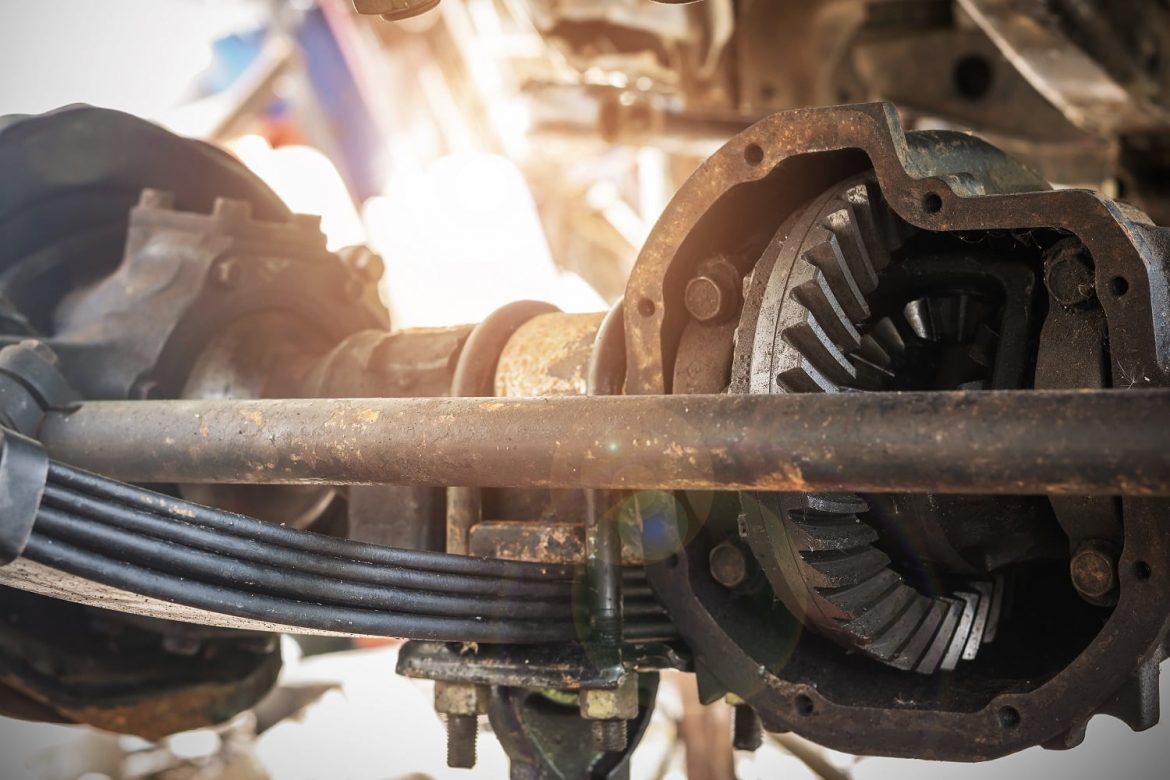Replacing transfer case fluid in your truck or SUV is easier than changing your oil. It’s easier than changing a spark plug! In most cases, it’s even easier than deciding what kind of cheese you want on your sandwich at lunchtime.
Why is replacing transfer case fluid so easy?
- Only trucks and SUVs have transfer cases so there is usually enough room to crawl under and do the job without jacking up your vehicle.
- The drain and fill plugs are the same size so you only need 1 wrench! Some vehicles, like this F-150 we’re working on in the video don’t even need a socket, just the end of your 3/8″ ratchet!
- There are no filters to goof around with
- Setting the fluid level is easy! make sure your vehicle is level and fill it through the fill hole until fluid starts to dribble out.
What can go wrong?
- Stuck drain or fill plug
- confusing fluid requirements
Stuck drain or fill plug
The worst thing that can happen while changing your transfer case fluid is that the drain or fill plug is frozen in place. Most transfer cases only require a fluid change every 30,000 miles so the drain and fill plug don’t move very often which can leave them seized in place. Regularly loosening and retightening can help avoid this but can be a lot of work. To help get these plugs loosed you can try using a 1/2″ breaker bar, an impact wrench, or working on them after a long drive when the transfer case is nice and warm. If you’re having trouble getting the plugs out, take it to a mechanic before you strip them out and end up costing yourself more money.
Confusing Fluid Requirements
Most transfer cases use either automatic transmission fluid or gear oil to lubricate the gears, bearings, chains or other moving components inside. Some vehicles use more advanced fluids to lubricate things especially if the transfer case is designed to automatically shift into 4 wheel drive. For example, many GM automatic transfer cases take Auto-Trak II fluid which is specially designed for the components inside. Using another fluid in this particular transfer case can cause lots of damage relatively quickly. As we showed in the video here, it’s always the best idea to head to the dealership and purchase their fluids to make sure you’re putting in exactly what your transfer case needs.
Once you’ve got new fluid in your transfer case make sure to clean up any oil on the outside of the case to make sure you don’t mistake that oil for new leaks. While you’re waiting for the fluid to drain it’s also a great time to check for existing leaks. Transfer case fluid leaks are most common where the front and rear driveshafts connect to the transfer case to be sure to inspect these areas for signs of an oil leak. Also, always remember to dispose of your used oil properly.
Pictures Provided By:
transfer_case.jpg – By Bajker – Licensed by Getty Images – Original Link
BlueDevil Products can be found on Amazon.com or at AutoZone, Advance Auto Parts, O’Reilly Auto Parts, NAPA, and other major auto parts retailers.
Related Articles



